Understanding Shotgun Barrels: Breech To Muzzle
Most of us stoke our shotgun with whatever ammunition seems right for the game we’re hunting or the clay targets we’re shooting, and give little thought to how the shot charge gets from the shell to the target. The cartridge is little more than a container. How it’s loaded is important to performance, but even more important is how the shot charge is treated once the powder starts to burn.
The shotgun barrel is divided into five areas: the chamber, the chamber-to-bore forcing cone, the cylinder bore, the choke forcing cone and the choke. All of the parts of a shotgun barrel are prescribed through a set of specifications set out by the Sporting Arms and Ammunition Manufacturers Institute (SAAMI) and similar governing bodies in other countries.
It is important to note that, altogether, the exterior of a barrel has little to do with performance—other than its being long enough to ensure good handling and providing the better target acquisition of a rib. To be sure, if you look at the rib or barrel, you’ll probably miss, but the rib tends to help eye-to-target alignment. Rib width, etc. has little to do with good shooting, and no effect on ballistic performance. That being said, let’s look at what happens on the inside of the barrel.
1. The Chamber
The primary function of the chamber is to hold the cartridge when it’s fired. At the very end a rebate is cut that accepts the rim of the shell. This rebate provides room for the rim, but must be carefully cut, because if it is deeper than standard, the shell is free to recoil a fraction of an inch back against the breechface or bolt. Although seeming slight, this free motion increases recoil. Included in this rebate is the extractor cut where the extractor fits under the shell’s rim to enable extraction of the fired or unfired hull.
One assumes that the chamber itself is simply a straight-walled tube that holds the shell, but chambers actually taper slightly from the mouth to the end of the chamber. For example, the 23⁄4”, 12-ga. chamber tapers from 0.8100” at the mouth to 0.7980” where the forcing cone begins. During the early 1920s, gunwriter Colonel Charles Askins and Idaho lawyer and shotgun experimenter E. M. Sweeley decided to explore shotgun barrels to see if they couldn’t develop a barrel that retained most of the shot charge within a 30” circle at 40 yds. At this time in history, plastic, gas-sealing wads, shot-protecting wrappers and shot cups were yet 30 years in the future.
Askins and Sweeley arrived at several conclusions: That a more rapidly tapering chamber coupled with a longer chamber forcing cone and a more open bore produced the kind of patterns they sought. A tighter tapering of the chamber helped to better contain the hot propellant gasses, allowing the card and felt wads of that era to achieve a better seal. With today’s plastic gas-sealing wads, little is probably gained from tight chamber tapers. What is important is chamber length.
It is important to first understand that the length of any chamber must equal the length of the fired shell. Unfired shotshells, depending upon crimp, will measure approximately 1/4” less than when fired. Some confusion remains regarding early firearms and those made abroad. Both the 16-ga. Browning Auto-5 and 16-ga. Winchester Model 12 were originally chambered for the 29⁄16”, 16-ga. shell. The 16-ga. Model 12 was first cataloged in 1914 with the choice of 29⁄16” or 23⁄4” chambers; in 1927 23⁄4” chambers became standard. The 16-ga. Browning’s chambers didn’t become standard at 23⁄4” until 1954, and other foreign-made 16-ga. shotguns can frequently have similar short chambers.
In Britain, chambers for all gauges of shotguns are still primarily 21⁄2” in length. So it is important that we realize that not every chamber is cut for our standard 23⁄4” cartridge, and the only way to really be sure is to measure it. A qualified gunsmith—not some lawnmower sharpener—can measure a doubtful chamber or your can buy one of Tony Galazan’s $35 chamber gauges that covers 10 gauge to .410 bore [Galazan (Dept. AR), P.O. Box 1692, New Britain, CT 06051; (800) 515-4867; www.connecticutshotgun.com]. Short chambers can be lengthened, but only by a really good gunsmith.
At one time it was widely touted that firing shells of shorter than the chamber length resulted in inferior patterns. Initially, when card and fiber wads were in use, gas leakage was doubtless significant. With plastic wads that obturate to fill the bore, gas leakage in a long chamber isn’t a problem, and patterns made by 23⁄4” shells in 3” and 31⁄2”chambers don’t seem to significantly suffer. However, firing shells longer than the chamber length is hazardous and foolish. While pressures spike about 500 p.s.i. higher when 3” shells loaded with lead shot are fired in a 23⁄4”-chambered pressure gun, steel-shot loads must surely cause a far higher rise in pressure. Lead-shot loads whose pressure is already close to the upper limits of allowable pressure can be potentially very dangerous when fired in a short chamber. It is, therefore, important that if in doubt about a chamber’s length, it be measured before the shotgun is fired.
Most of us stoke our shotgun with whatever ammunition seems right for the game we’re hunting or the clay targets we’re shooting, and give little thought to how the shot charge gets from the shell to the target. The cartridge is little more than a container. How it’s loaded is important to performance, but even more important is how the shot charge is treated once the powder starts to burn.
The shotgun barrel is divided into five areas: the chamber, the chamber-to-bore forcing cone, the cylinder bore, the choke forcing cone and the choke. All of the parts of a shotgun barrel are prescribed through a set of specifications set out by the Sporting Arms and Ammunition Manufacturers Institute (SAAMI) and similar governing bodies in other countries.
It is important to note that, altogether, the exterior of a barrel has little to do with performance—other than its being long enough to ensure good handling and providing the better target acquisition of a rib. To be sure, if you look at the rib or barrel, you’ll probably miss, but the rib tends to help eye-to-target alignment. Rib width, etc. has little to do with good shooting, and no effect on ballistic performance. That being said, let’s look at what happens on the inside of the barrel.
2. Chamber-to-Bore Forcing Cone
In terms of performance, lengthening the chamber forcing cone probably does more than any other barrel modification. SAAMI specifies a five-degree taper that yields a forcing cone of approximately 3/4” in length. In truth, this is an antiquated specification that goes back to the days of card and felt wads, where an immediate transition from the diameter of the chamber to the diameter of the cylinder bore was necessary to prevent gas leakage. As wads transformed from cards to gas-sealing over-powder cups, the need for a sharp forcing cone angle became unnecessary.
Today, we see shotguns advertised that boast forcing cones as long as 5”. Most barrelsmiths who have done extensive testing state that forcing cones that exceed 3” don’t seem to provide much further enhancement. Chuck Webb, Briley’s general manager, states that Briley www.briley.com does not cut forcing cones by length, but rather at a one-and-a-half-degree angle in relation to the bore. This formula yields 3” to 4” forcing cones—the tighter the bore, the longer the cone—and they seem to yield the best results.
What is the value of lengthened forcing cones? Evenness of patterns. In test after test, I’ve shot numerous shotguns first with the short, SAAMI-standard five-degree forcing cone, then again when lengthened and the results have always been positive and consistent. While the percentage of pellets within the traditional 30” circle at 40 yds. has never markedly increased, the evenness of the pellet distribution within the circle has always increased. The fact that pellet count hasn’t increased is mainly due to the protection of the shot by plastic shot cups and buffering, but it’s obvious that lengthening the forcing cone has a positive effect on pattern efficiency.
3. Cylinder Bore
The majority of any shotgun barrel is the cylinder section between the chamber forcing cone and the choke. Two aspects of the bore can influence performance: Diameter and polish. Our friends Askins and Sweeley discovered that when the bore diameter was slightly enlarged, from 0.725” to 0.740”, pattern percentage, and, to a lesser extent, evenness of pellet distribution improved.
This phenomenon seems more obvious when heavy charges of large shot are used. Little real benefit occurs with smaller than No. 6 lead shot and light target loads, but for those who hunt waterfowl and use large pellets, the difference can be substantial. Although many makers, such as Beretta and Browning, stick to original SAAMI specifications, Winchester’s Super X2 semi-auto and Mossberg’s 835 UltiMag have enlarged bores of 0.740” and larger.
Aftermarket outfits like Briley, Seminole and Angle Porting have made it their specialty to backbore or enlarge existing bores and lengthen forcing cones to improve performance.
The final polish given a shotgun bore is important, although not dramatically so. For the most part, bores are polished with a rotating lap that is run back and forth. This polishing technique leaves minute concentric rings throughout the bore. Although this polishing technique probably does not affect performance, the ultimate polish is done by hand with the barrel mounted in a sliding trolley, and the polishing is done lengthwise.
If you’re willing to spend the price of a modest house and order a bespoke shotgun from one of the famous British or top-line Italian gunmakers or Tony Galazan’s Connecticut Shotgun Manufacturing Co. here in the United States, the barrels will be polished lengthwise by hand. The difference is negligible, but it’s nice to know that kind of care has been lavished on your shotgun.
4 & 5. Choke Forcing Cone and Choke
Once we near the muzzle, the choke forcing cone begins. Research by early barrel experimenters showed that a long tapering cone into the choke constriction provided the best patterns in terms density and evenness. The best shotguns, including the Winchester Models 12 and 21, had what are called parallel chokes. This method of choking employs a long parabolic taper into the choke constriction, which is parallel for about an inch in length from the point of the maximum degree of constriction to the muzzle. Conical choking uses a similar cone, but without the parallel section. Interestingly enough, it was found that conical choking requires less constriction than parallel-style chokes. Other styles were the jug and swaged chokes.
Jug chokes were a phenomenon of the gunsmith. Whenever a shotgun’s barrel had to be cut, normally because of a bulge or burst barrel formed when the gun was fired with an obstruction, a good gunsmith could machine a recess of a few thousandths of an inch behind the muzzle and because the shot charge first expanded then was squeezed, restoring some choke was possible. Screw-in chokes have rendered this process obsolete, although stupid acts of firing shotguns with obstructions still abound.
Swaged chokes are the cheapest to form. When the barrel is forged, extra metal is left at the muzzle. During the final phase of making the barrel, the barrel is drawn through a die that compresses the outer material inward, forming a constriction. Often these barrels, made for the very cheapest of shotguns, were left as is, otherwise a reamer was used to touch up the choke and to ensure some uniformity. At one time one shotgun manufacturer used the same reamer for all its chokes, simply inserting it farther to form modified or improved cylinder.
Now, screw-in chokes are king. Of varying lengths, the better ones incorporate not only the choke constriction, but also the choke forcing cone. While in the past cones as long as 6” were used for custom chokes, today 2” to 3” tubes are most common. Briley’s Chuck Webb said, “What is most important is the internal geometry.” I measured one of its VX-series tubes made to shoot steel shot. Overall, the tube is 23⁄4” long. Of this length, 2” taper, and the last 3/4” is parallel. The Seminole chokes that accompanied a SiGARMS Aurora sporting clays gun follow the same formula. These measurements seem to discount the extra-long choke forcing cones developed many years ago, although the original reason for long choke forcing cones was to gently move the unprotected lead-shot charge into the choke. Today, plastic shot cups and buffering protect many more pellets, and because fewer pellets are deformed, shorter cones can be used without diminishing downrange results.
There are other designs that maximize pattern concentration and that deviate from the traditional choke formulae. For example, Briley makes a straight-rifled tube that prevents the wad and shot column from spinning, and, when combined with a substantial constriction, provides extremely tight patterns for turkey hunting. On the other hand, Briley’s Disperser choke tubes are rifled with a twist, creating skeet patterns that are wide and even. Another variation is the Patternmaster that employs four “dogs,” or internal projections, that retard the wad and provide even, dense patterns with steel shot.
We could talk choke tubes for pages and pages, but it is sufficient to say that their introduction has revolutionized shotgunning, and they are perhaps the single most important development in shotguns since the advent of breechloading. They make possible the one-gun-does-it-all shotgun—what fun is that?—and the versatility to shoot skeet in the morning, pheasant in the afternoon and geese tomorrow morning all with the same shotgun.
The modern shotgun barrel has evolved over the past 175 years, with the most dramatic developments coming since 1950. Lest we become conceited, remember that of the things we believe to be innovations of the last years of the 20th Century, such as interchangeable chokes, were actually invented in the mid-19th Century. But regardless of when and where, all of these things and the work of their developers and inventors make today’s shotgun barrels the best they have ever been.
Barrel Damage
Shotgun barrels are made of very thin steel. Barrel walls that measure as little as 0.020” can pass proof and be considered safe, and—although 0.040” is more common—it’s still thin, and any obstruction, be it ever so slight, can cause a barrel to fail. Traditionally, rifle hunters put a piece of plastic electrical tape over their muzzles to keep rain and snow out, but such a maneuver with a shotgun’s thin barrels could cause a burst.
Damascus or twist barrels have been ruled out-of-bounds with modern ammunition for decades. Many of these barrels are very strong, however, because of the ease with which the iron component of Damascus barrels will rust, and the use of corrosive primers in ammunition of that era, many of these old barrels are honeycombed with rust, weakening them. Even steel barrels that are excessively rusted and pitted are suspect in regard to safety.
Although there are scenarios when the barrel itself might be at fault, the vast majority of failures are due to operator error. Under no circumstance should any obstruction be shot from any barrel. Obstructions can be a cartridge of a smaller gauge, a stuck wad from a reload that wasn’t charged with powder, snow, mud, insect nests, the list is extensive, but the end result is a burst barrel. In the case of a smaller-gauge shell, the results are normally catastrophic, and often result in injury to the shooter and potentially to bystanders. Under no circumstances should 12- and 20- or 16- and 10-ga. shells be mixed.
Do-it-yourself barrel modifications—or those done by an incompetent gunsmith—can also cause bursts. When the 31⁄2”, 12-ga. shotshell appeared, an acquaintance took his 3”-chambered over-under to a highly skilled gunsmith and asked him to extend the chamber. Upon measuring the bore and barrels, the competent gunsmith declined. My friend then shopped it around until someone masquerading as a gunsmith said “yes.” When a really top-notch gunsmith says “no,” that’s definitive! I have a Remington 1100 slug barrel that burst just behind the muzzle that someone, either a do-it-yourselfer or jack-leg gunsmith, tried to port. Porting a slug barrel is bad idea anyhow, since the porting will shave lead from the slug. At any rate the too-close positioning of the ports may have caused this barrel to burst, although it is most probable that this barrel burst because of an obstruction, not the porting.
All but the crudest shotgun barrels are works of art. Thin, slim, tapered and beautiful to the eye, they are also vulnerable to misuse, but with a bit of care and common sense they will outlast all of us. —John M. Taylor
|
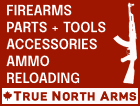
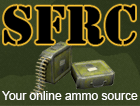


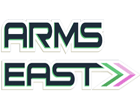



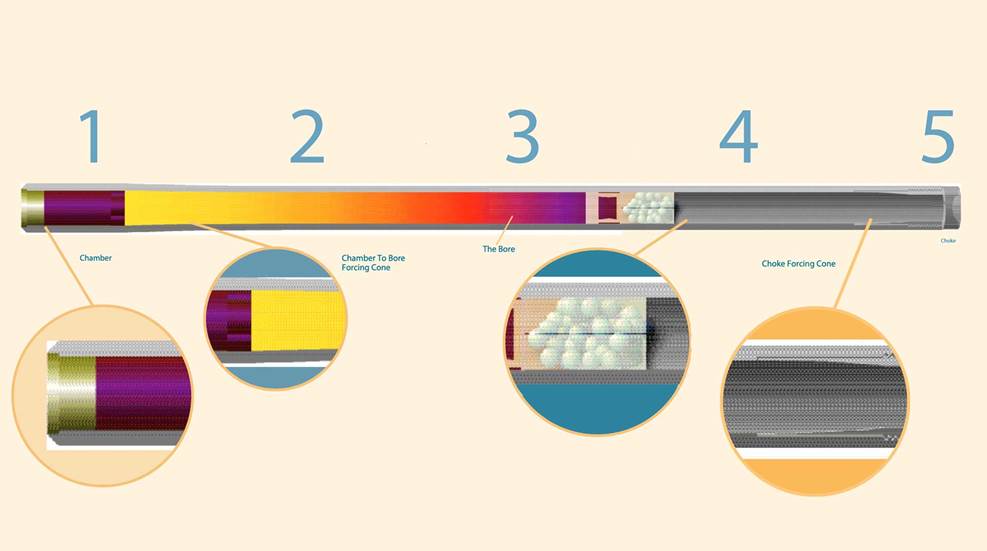

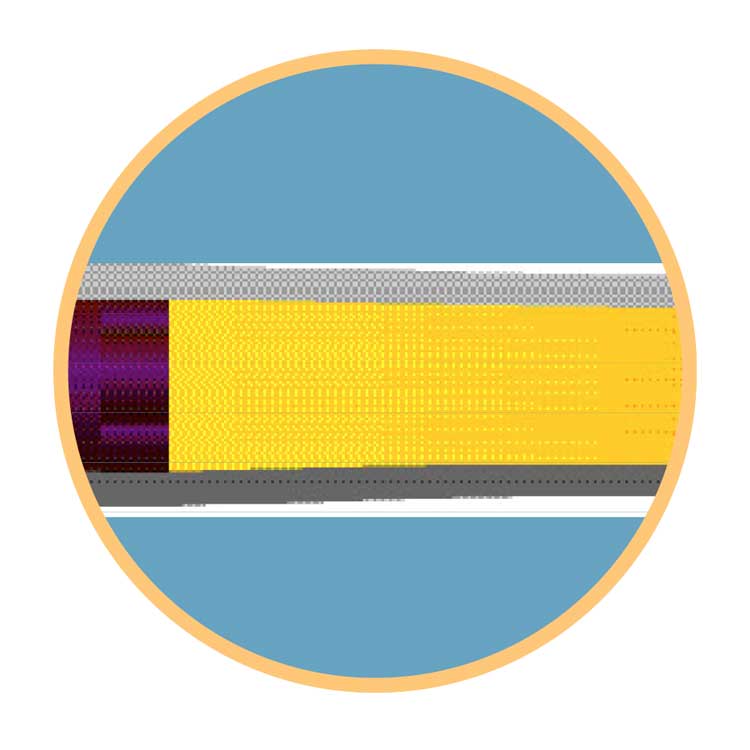
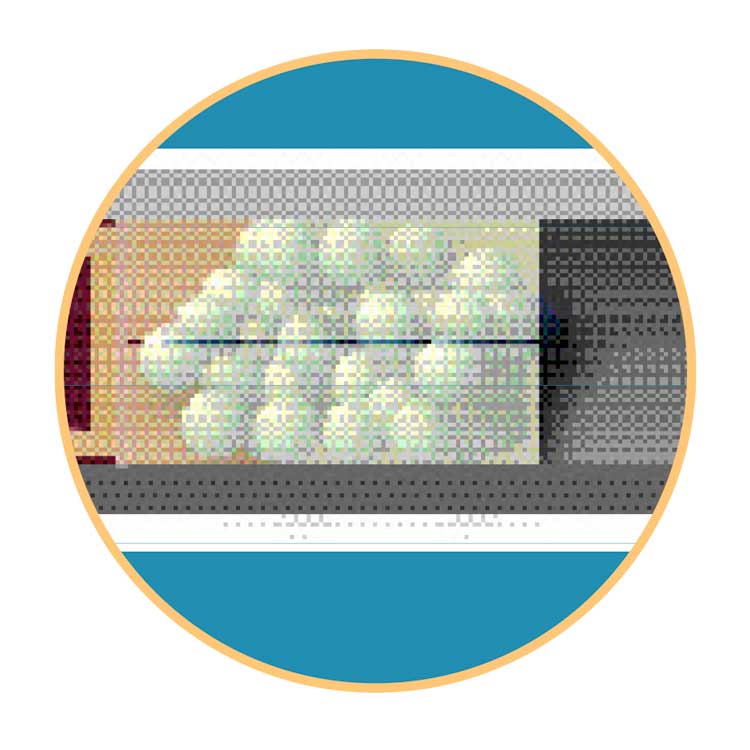
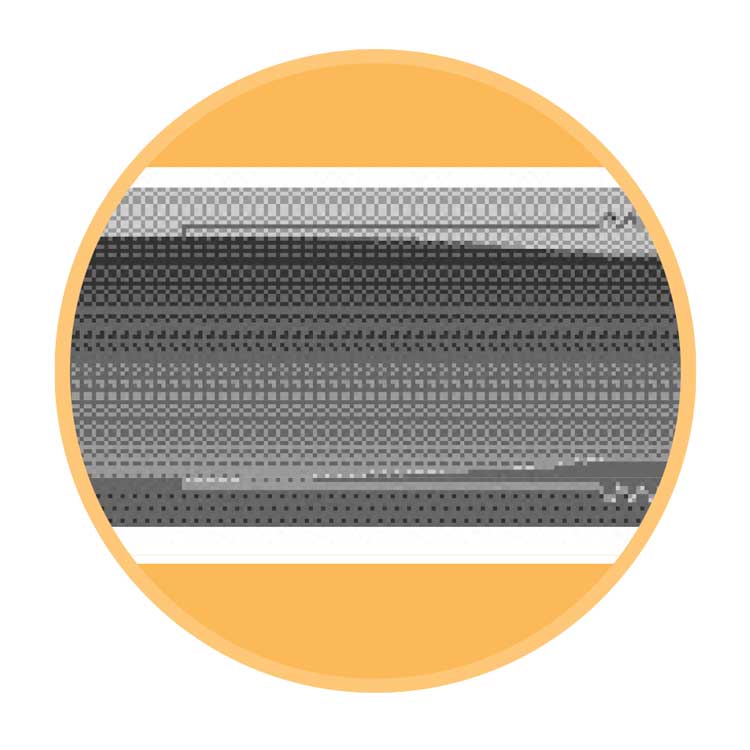
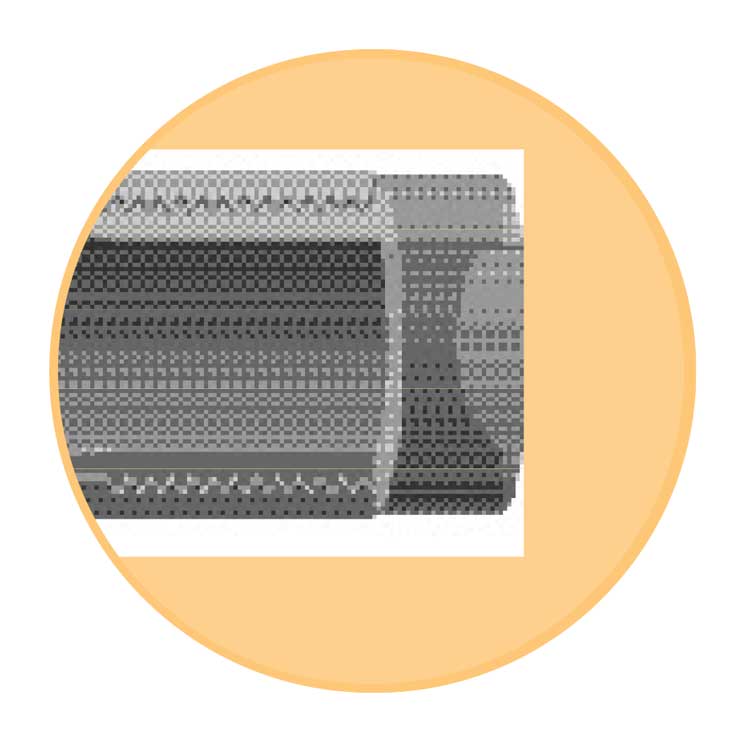

 Reply With Quote
Reply With Quote


